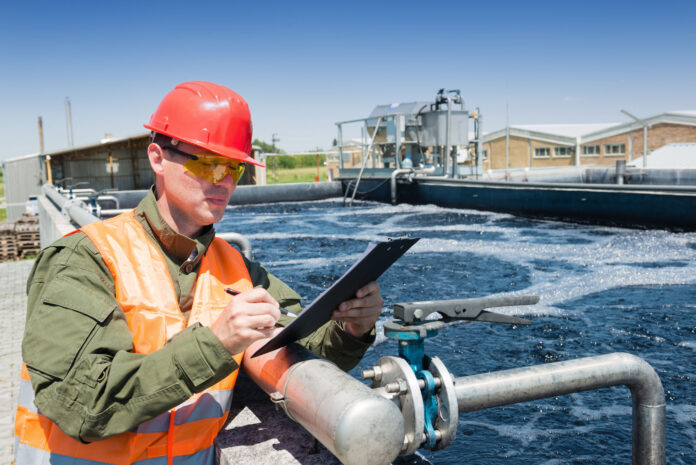Two Sunshine Coast politicians have voiced their opposition to a possible desalination plant in their area, as the state water authority outlines steps to secure a water source.
State MP for Kawana Jarrod Bleijie and federal MP for Fisher Andrew Wallace were averse to the plant potentially being built at Kawana, with the former labelling it a “desal debacle”.
But the state government and Seqwater said the water grid must be prepared for booming population growth and climate change, and studies would be undertaken before a location and costs were announced.
Cabinet endorsed a 30-year water security plan this month, when Premier Annastacia Palaszczuk said Kawana was a possible site for a plant that could cost $8 billion.
Sea water would be pumped to the facility, where salt and impurities would be removed to produce clean water.
Mr Bleijie, the deputy leader of the Opposition, said locals had been kept in the dark about a potential desal plant in their neighbourhood.
“Kawana is now caught in the crossfire with these plans,” he said.
“Where in Kawana will it be built?
“There was no warning or consultation. You can’t just throw up possible locations without any detail. This is the definition of chaos and crisis.”
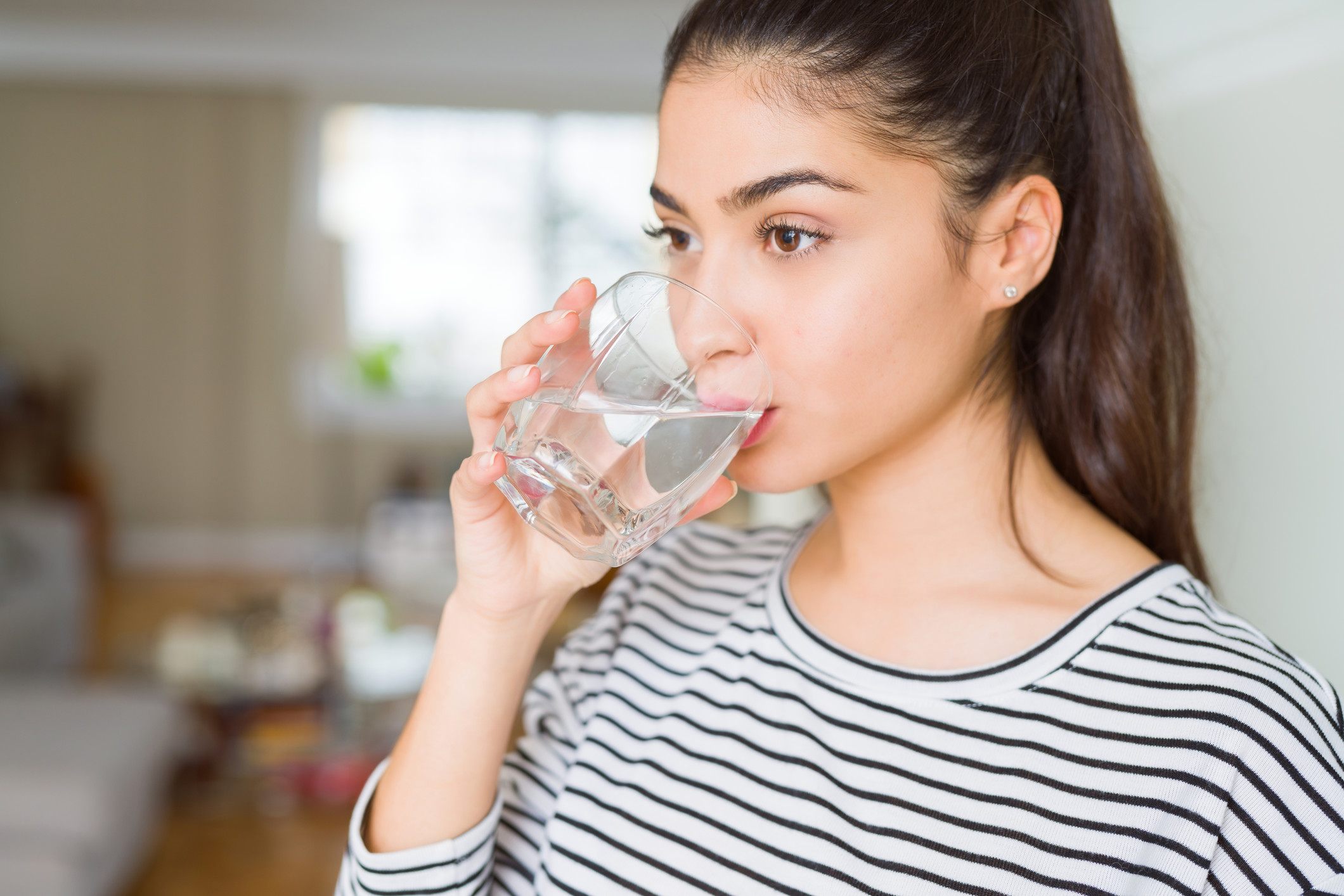
Mr Wallace said the proposal lacked information and it would be an expensive exercise.
“The Premier’s announcement comes in the middle of a cost-of-living crisis and her best plan for water security is a costly desal plant that will have expensive ongoing operational costs,” he said.
“Has Labor not learned its lesson from the ugly eyesore that is the desal plant in Tugun on the Gold Coast?”
Mr Wallace said there were “environmental red flags surrounding desal plants, including high-demand energy requirements and discharge concerns”.
He said funds were required elsewhere instead, including for the Direct Rail Sunshine Coast, a proposed passenger rail line from Beerwah to Caloundra.
The state MP for Caloundra, Labor’s Jason Hunt, told Sunshine Coast News that it was crucial to secure clean water in a growing area.
“Long-term water security planning is important and it’s good to see Seqwater has a plan that looks 30 years ahead,” he said.
“The population of South-East Queensland is expected to grow to six million and a lot of that growth will be in the northern part of the region.”
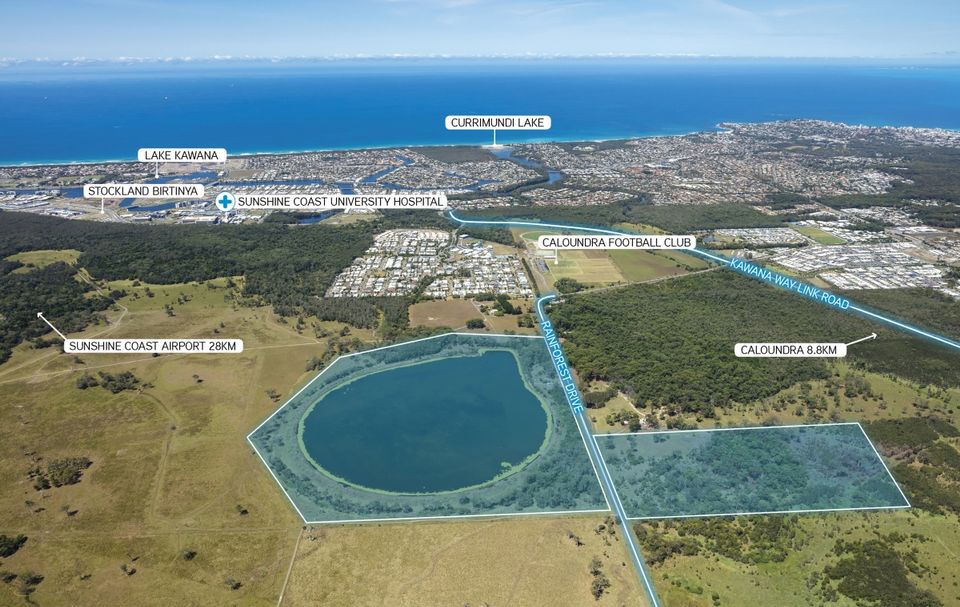
Seqwater purchased a site at Meridan Plains, about 5km west of Wurtulla Beach, for $2,255,000 in 2019.
Seqwater CEO Neil Brennan told Sunshine Coast News the plan for a desal plant in the south-east was in its “early investigation stages” and there would be community consultation.
“No decisions have been made regarding the location,” he said.
“The detailed business case process, due to be completed in late 2024, will help to inform the preferred location and capacity of the plant, and cost of the project.”
He said Seqwater would undertake environmental and social impact studies at possible sites.
“As part of this, there will be opportunities for Seqwater to engage with local stakeholders and hear feedback from the local community,” he said.
Mr Brennan said it was vital to have a new water source for the Sunshine Coast.
“The northern region population is expected to grow by more than 60 per cent by 2051, from 960,000 people to 1.54 million people,” he said.
“This will place increased demand on existing dams.
“Through the known impacts of climate change, we also know we may experience less reliable supply from our dams.”
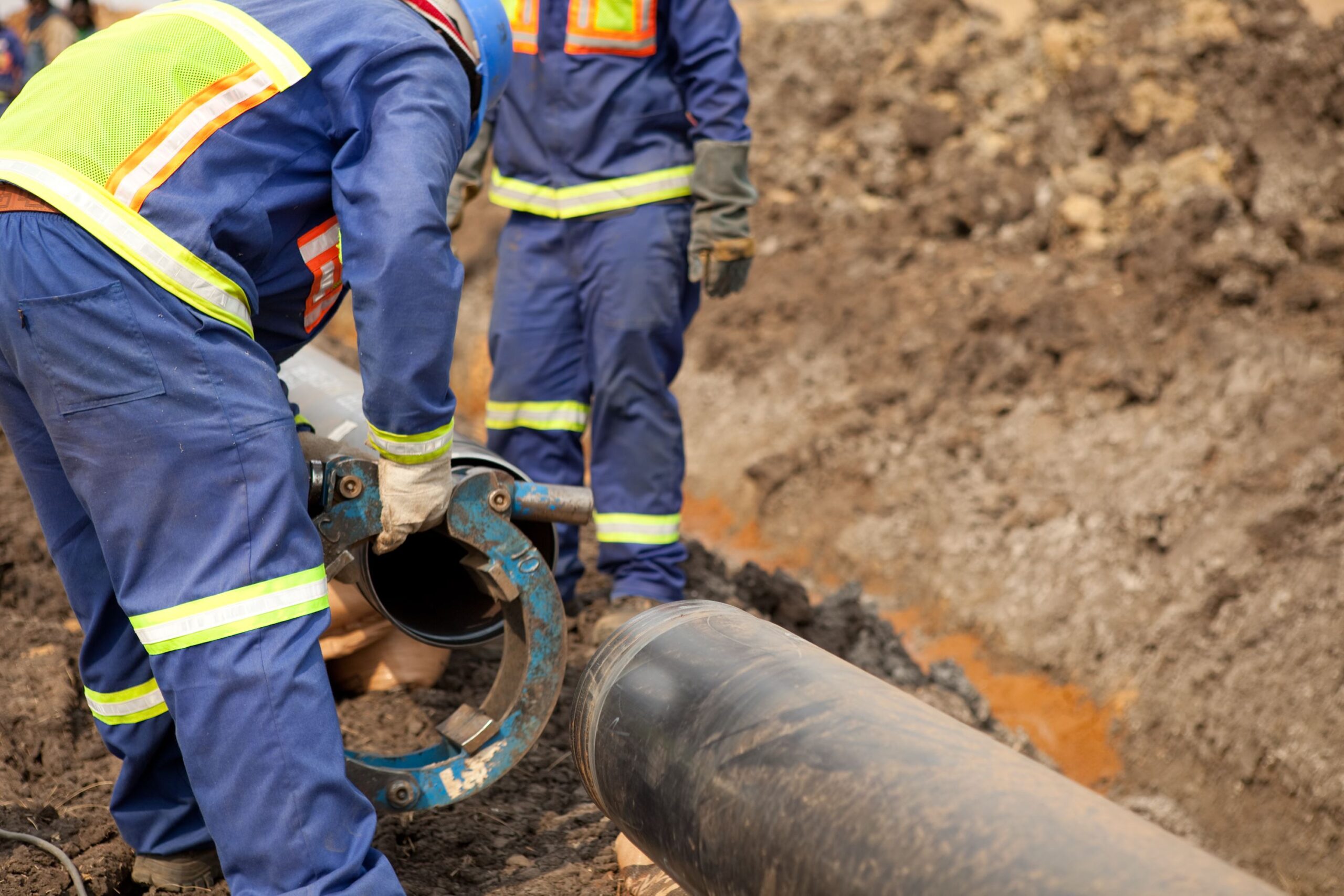
He outlined the benefits of a Sunshine Coast desalination plant.
“While local demand can currently be supplemented through the Northern Pipeline Interconnector (between Landers Shoot and Noosa water treatment plants), there are limits on the transfer capacity of this pipeline … expected growth will require a new source in the north,” he said.
“Supplying local demand in the north from a new desalination plant will (also) mean more water is available for the central part of the SEQ water grid from existing dams, including North Pine.
“Consequently, there is both a local, northern benefit as well as a whole-of-water grid benefit.”
He said it would bring water security to the region, in times of need.
“Unlike dams and conventional water treatment plants, desalination plants aren’t reliant on rain, and can operate during drought and floods,” he said.
“Desalinated water can also be pumped directly in to the SEQ water grid, limiting the impacts of evaporation.”
Mr Brennan said the plant’s location would be based on several factors, including proximity to the coastline and the ability to connect to the existing water network.
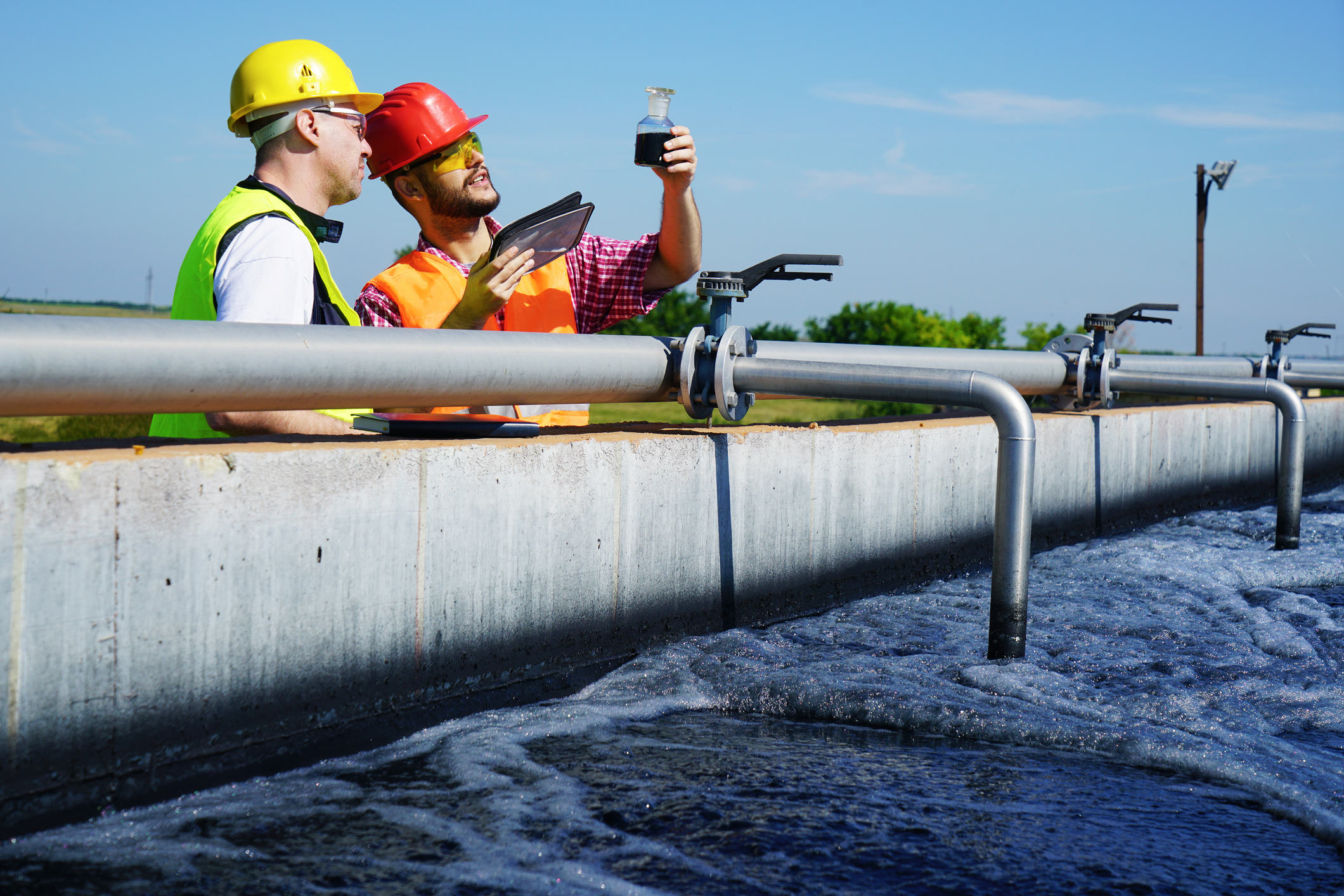
He said there would be no adverse effects on the environment.
“Our desalination process is carefully designed to cause no harm to the existing ecosystem or marine life,” he said, pointing to the plant on the Gold Coast, which had “a long-term independent marine monitoring program, designed in conjunction with the Queensland Government and independent marine experts”.
“Results indicate small plants and animal organisms are thriving on and around the inlet structure,” he said.
Mr Brennan also said a potential plant on the Sunshine Coast would have minimal impacts on surrounding homes and businesses.
“The design of a desalination plant typically includes soundproofing materials, noise barriers and quieter equipment to limit noise disturbances once in operation, maintaining a peaceful environment for the surrounding community,” he said.
Sunshine Coast Mayor Mark Jamieson, who held talks with the Minister for Water Glenn Butcher this month, said all options should be explored.
“A safe, available and reliable water supply is crucial to the future sustainability, viability, wellbeing and economic prosperity of any community,” Cr Jamieson said.
“The government should be encouraging a broader conversation about water security and exploring all available water supply and storage options – not just desalination.
“Communities should be informed about, and engaged on, options such as recycled water, local harvesting, desalination, additional bulk water storages – just to name a few.
“What should be avoided is limiting the options available and making costly investment decisions that are not supported by communities and deliver little benefit to the ongoing water needs of a growing region.”
Components of a desalination plant generally include an intake structure located offshore, an intake pump station located at the desalination plant and a pipeline that connects the two.
The pipeline on the Gold Coast is underground, to minimise impacts, and the pipeline outlet in the ocean is “a suitable distance away from the beach to not impact on beach goers and water recreation”, the Seqwater website says.


